In June, I attended three great Q&As at my local independent bookstore, Politics & Prose: Curtis Sittenfeld, Roxana Robinson and Lionel Shriver. I have gotten a little behind in writing them up for EDITWB, but here is a start: a summary of Curtis Sittenfeld’s Q&A about her new book, Sisterland, which I reviewed here. While I didn’t love Sisterland, I found that her answers gave me some good perspective on how she wrote it.
Intro: Sittenfeld had a memory growing up of someone who had predicted an earthquake. She thought it was a “juicy premise” for a novel, because there is built-in tension around whether the quake will happen or not. She decided to base Sisterland on this premise, told by someone who is close to the person making the prediction. “Oh, and they’re psychic.”
Q: Now that you have a national audience, does that change your writing process? Does being famous make you focus more on how people will receive your work?
A: My last book was 5 years ago. I had written three close together, and then had 2 children. I don’t think about how a book will be perceived until it’s closer to publication. Then I get fretful, especially about the sex scenes. With this book, and my new life as a mother, I was more conscious of the sex scenes!
Q: Has your writing process changed from novel to novel?
A: Yes, because my life has changed. With Prep, I was not under contract, so writing it was a leap of faith. I hoped that someone would want to publish it. Since then, I had three book deals. I’ve needed to be saved from myself, from writing books that are “good enough to publish but not that good”. My goal is not just to sell books but to be proud of what I’ve done. Also, being a mother has made me much more efficient. It used to be that I would only write if I had at least 4 hours. Now, I will write if I only have 90 minutes.
Q: There is a gay character in all of your books. What is your inspiration?
A: My oldest friend from growing up married another woman, and she once told me that she loves my “strong lesbian characters”. Some people think that there are characters in my books for diversity’s sake, but the fact is that this is the world I live in at age 37. Characters can have biases/prejudices that are not the same as the author having them – there can be an “uncomfortable overlap” there.
Q: Did you expect Prep to be as popular as it was?
A: No. I went to the Iowa’s Writer’s Workshop, so I did know of people who’d had books published, people who enjoyed bidding wars over their books. For Prep, out of 15 publishers, only one wanted it. I got a $40,000 advance, which isn’t that low. With Prep, I was lucky – I had young publicists who were really into the book and found all kinds of creative ways to promote it. This made me a little spoiled and I didn’t appreciate how great an experience that was. It made me have an illusion about publishing. With The Man of my Dreams, that experience put the first one in context. I realized that it is not all automatic.
Q: How is it different writing about a real person vs. making up characters completely?
A: When you write non-fiction, people try to prove it isn’t true, and if you write fiction, people try to prove it is. With American Wife, I focused on the broadest parts of Laura Bush’s life. I borrowed the irresistible details, and made up the rest. It is hard because there was a lot of public awareness of her life, and people wanted the book to match up to that.
Q: What impact have women writers had on your success?
A: That’s a good question, but a fraught one. I’ve gotten away with writing “lady books that are still taken seriously”. Some people call it chick lit, but I think it is in the eyes of the beholder. We all live in the world and have impressions of which books are “serious”. I think of myself as being my own demographic: I write books that I would want to read. I want covers that looks like books I’d want to pick up, though the publisher decides how to market the books. “If I had to choose between sales and prestige, I’d choose sales.”
Q: Race is an integral part of the story. How much was drawn on personal observation?
A: I compare writing a book to building a nest; I borrow people, places, etc. from many different places to create the story. Sometimes I take things that I read in the papers (I had read about an incident in Wal-Mart that was similar to what happened at Target in Sisterland.) I also make things up. I tend to write about upper-middle class white women because that’s the world I live in. “I’d rather have someone be engaged with my book and find shortcomings in it than not be able to get past page 3.”
I was happy to have had the chance to hear Curtis Sittenfeld talk about her writing process. Stay tuned for more write-ups!

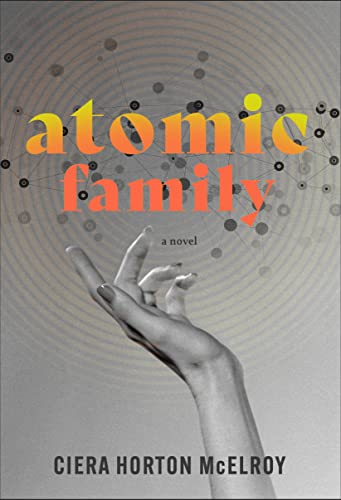
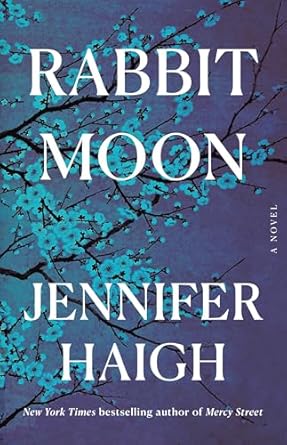

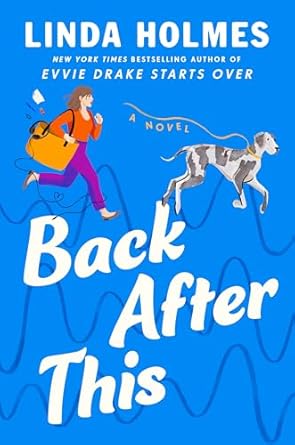
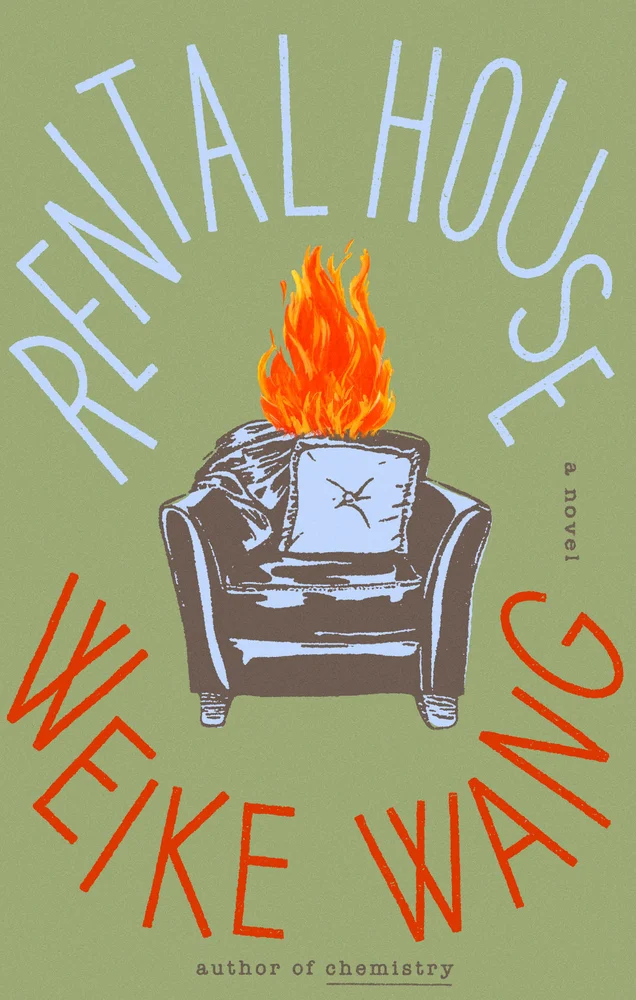
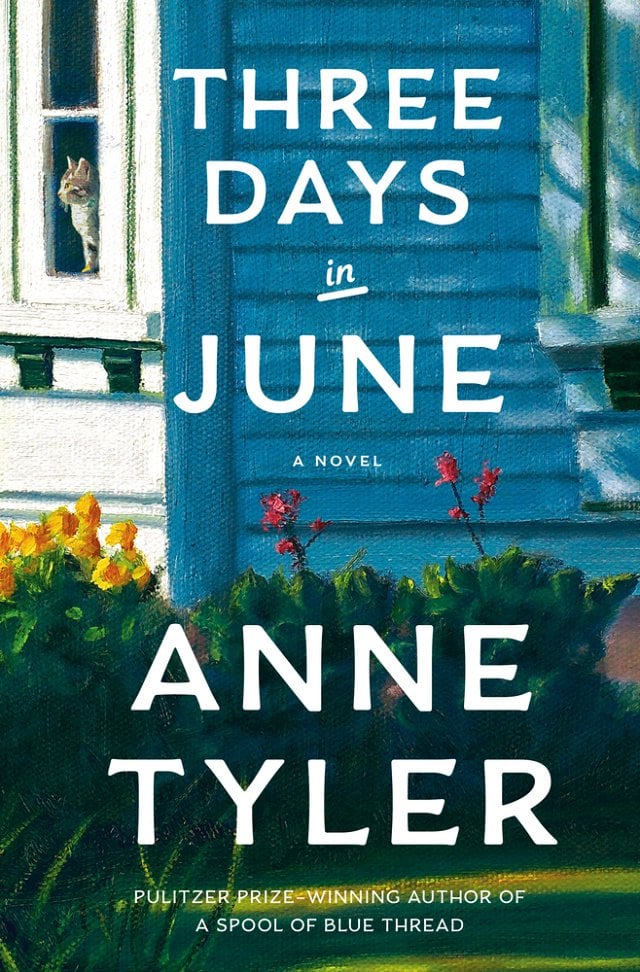


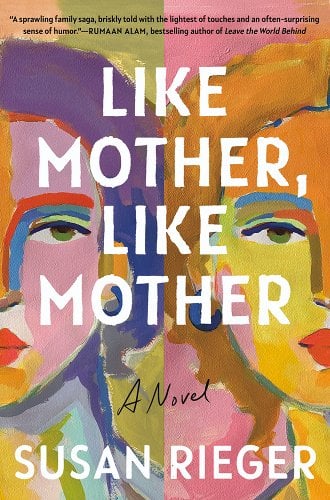
About Me
I have been blogging about books here at Everyday I Write the Book since 2006. I love to read, and I love to talk about books and what other people are reading.